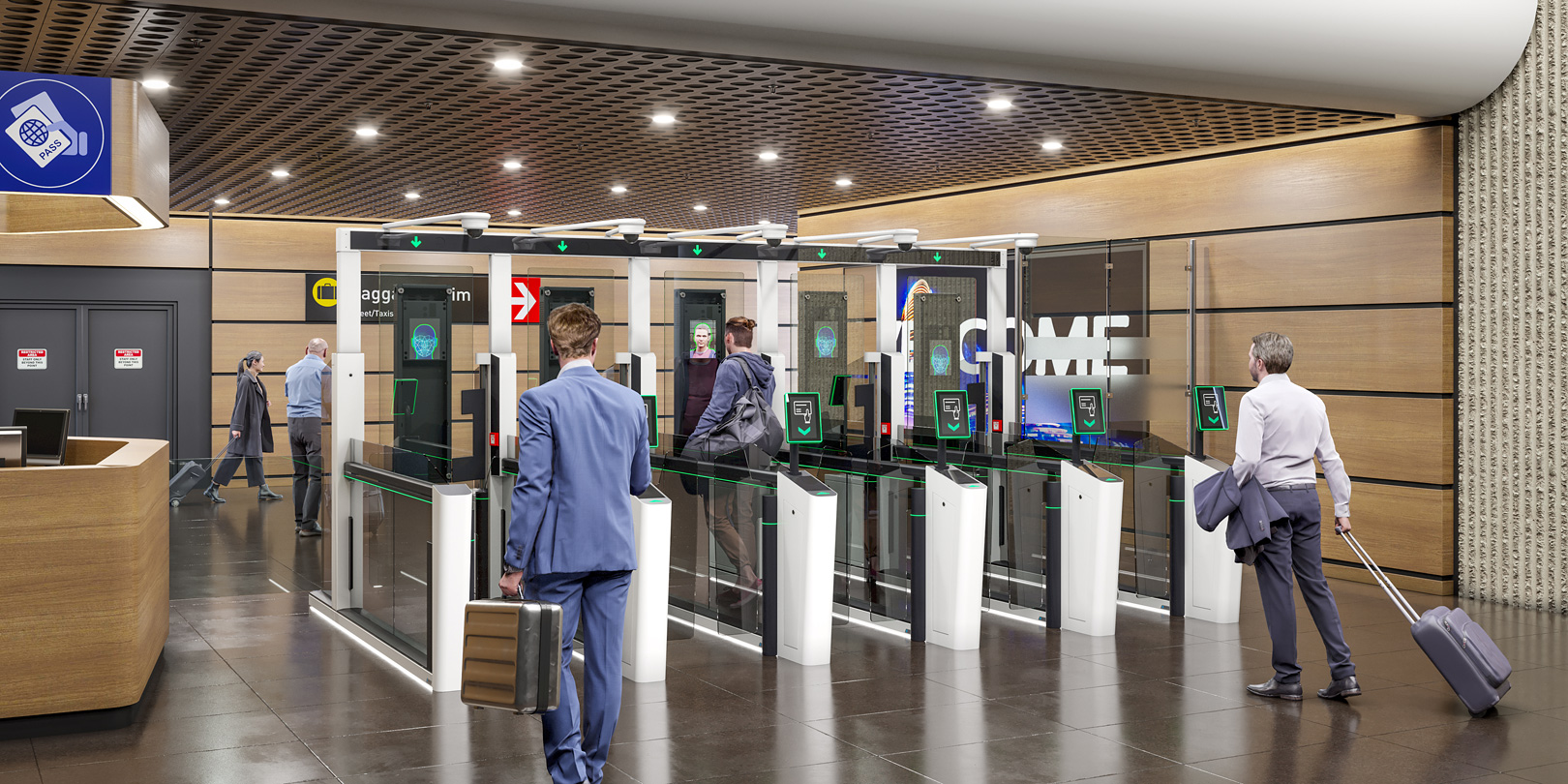Prison systems face unique challenges in ensuring the accurate identification of inmates, especially after periods of absence such as prison holidays. AVA-X’s Sentinel Access Control addresses this critical issue with its advanced, unbiased facial recognition technology, capable of accurately recognizing individuals across diverse ethnicities.
The Challenge of Ethnic Bias in Inmate Recognition
The human brain’s inherent difficulty in recognizing faces from ethnicities different from one’s own has posed a unique challenge in various sectors, notably in prison systems. This challenge becomes pronounced in scenarios where the verification of a returning inmate’s identity is crucial, such as after a prison holiday. The risk of misidentification can lead to significant security breaches and operational inefficiencies.
Sentinel’s Solution: Overcoming Ethnic Bias
AVA-X addressed this issue head-on by integrating Sentinel into prison security systems. Sentinel’s facial recognition technology is designed with a focus on overcoming ethnic bias, a common shortfall in many similar systems. This capability is not just an enhancement in technology; it is a leap forward in ensuring fairness and security in institutional settings.
Rigorous AI Training for Diverse Face Recognition
The development of Sentinel involved rigorous training of its AI algorithms with diverse datasets, ensuring the software’s ability to accurately recognize faces from a wide range of ethnic backgrounds. This comprehensive approach has made Sentinel a reliable tool for prisons, ensuring that the right inmate is identified every time.
Improvements in Inmate Identification Accuracy
The implementation of Sentinel in prison systems brought about a notable improvement in the accuracy of inmate identification. The technology’s ability to quickly and accurately verify identities minimized the risk of incorrect identification, thereby enhancing the overall security and integrity of the prison system.
Seamless Integration and User-Friendly Interface
Moreover, Sentinel’s ease of integration and user-friendly interface meant that it could be seamlessly incorporated into existing security protocols without significant disruption. The system’s reliability and efficiency have not only bolstered security measures but have also contributed to a more streamlined and just operational process.
Conclusion: Sentinel’s Role in Enhancing Prison Security and Ethics
In summary, the use of Sentinel in prison systems exemplifies how advanced, unbiased facial recognition technology can solve complex identification challenges while upholding high security and ethical standards. Its success in prisons underscores the broader potential of AI-driven solutions in enhancing safety and efficiency in sensitive environments.



